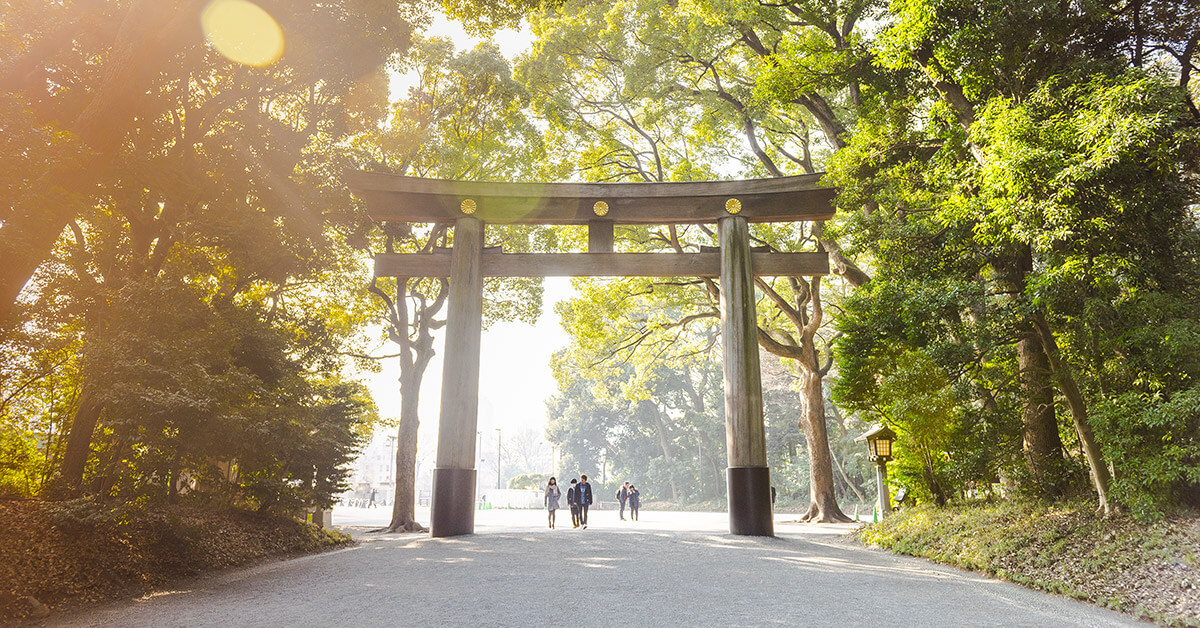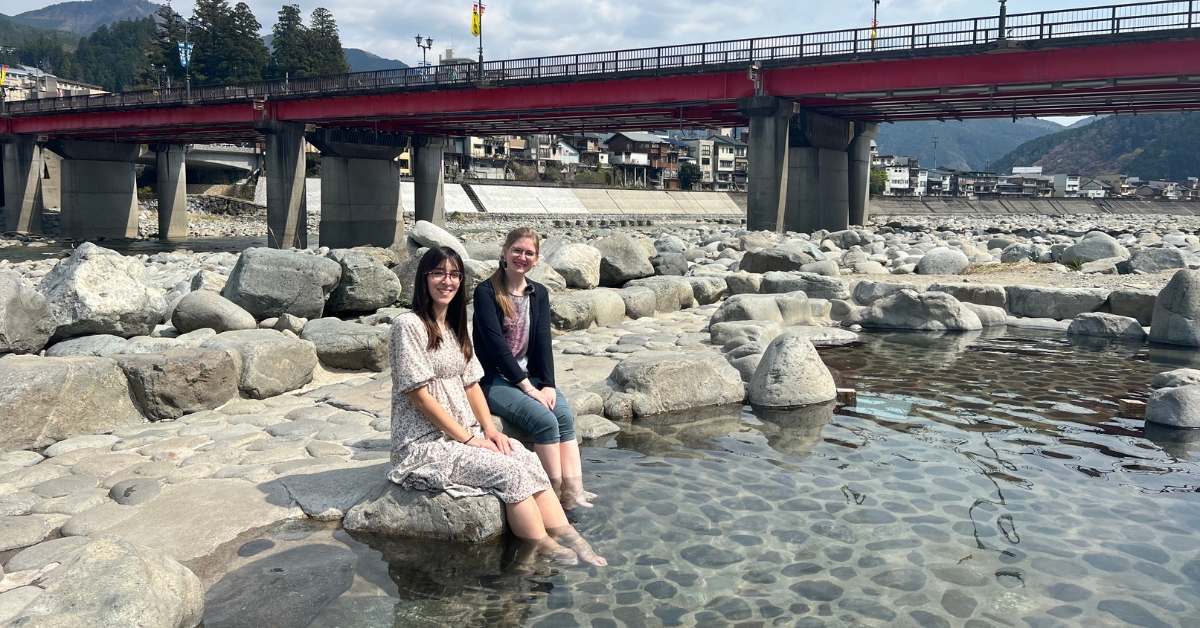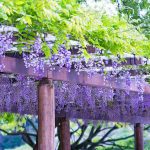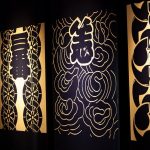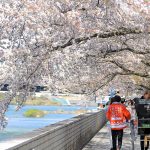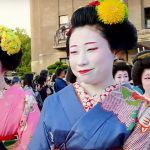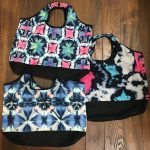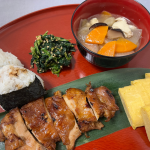Bathing is a part of every culture across the world.
Nowadays, because of our busy lives, many people prefer a quick shower to start or end their day and don’t think about it twice.
Despite that some people might think baths are a waste of water, many people love the ritual of bathing. Many countries around the world have their own particular bathing traditions and styles.
When coming to Japan, most people will tell you that your trip will not be complete without going to a Japanese bath. Bathing in an Onsen (Japanese hot spring) or Sento (public bath) is a unique experience, but it can also be a bit challenging.
If you continue reading, you will find out why. We will also introduce you to some of the most favored Sento and Onsen in Nagoya.
Article Contents
The Hot Spring Culture Has Been An Essential Part of Daily Life for Japanese People for a Long Long Time
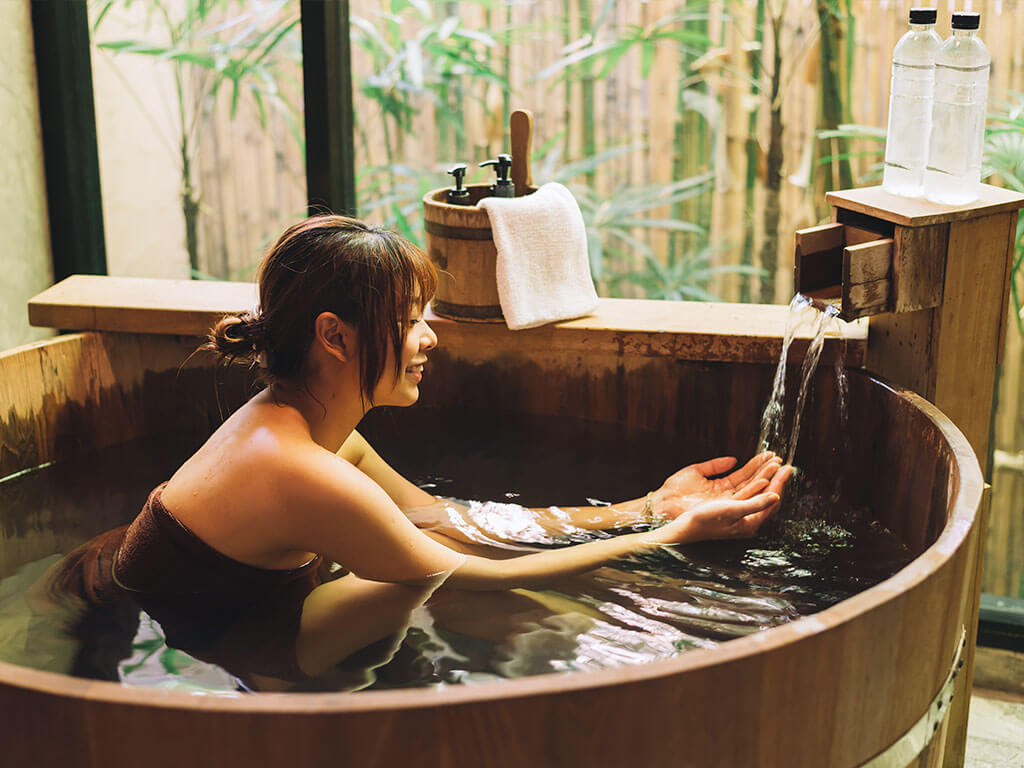
Taking a closer look at Japan’s bathing culture, we realize that one of the main reasons for its popularity is the great number of natural hot springs that exist all over the country.
There is evidence in one of the oldest books of Japan, called Kojiki, dating back to the 7th century, that people were bathing in natural hot springs even back then.
Originally, Onsen were mostly outdoor facilities, but today, you can also find Sento (public bathhouses) or hot spring facilities in many Ryokan (traditional Japanese-style inns) and hotels.
However, an Onsen is not just a regular bath – depending on the water’s mineral composition, a short bath in an Onsen is said to have many health benefits, such as soothing aches and pains, lowering high blood pressure, improving circulation, and more.
Another characteristic of Japanese baths is the very hot water temperature. On average, the water temperature is between 38 and 43 degrees Celsius (100-109 Fahrenheit), but you can find baths with temperatures well over 48-50 degrees Celsius (118-122 Fahrenheit) as well.
Variety Is the Spice of Life
Japanese bathing facilities come in a variety of types, including indoor and outdoor. Here are some of the differences.
Onsen
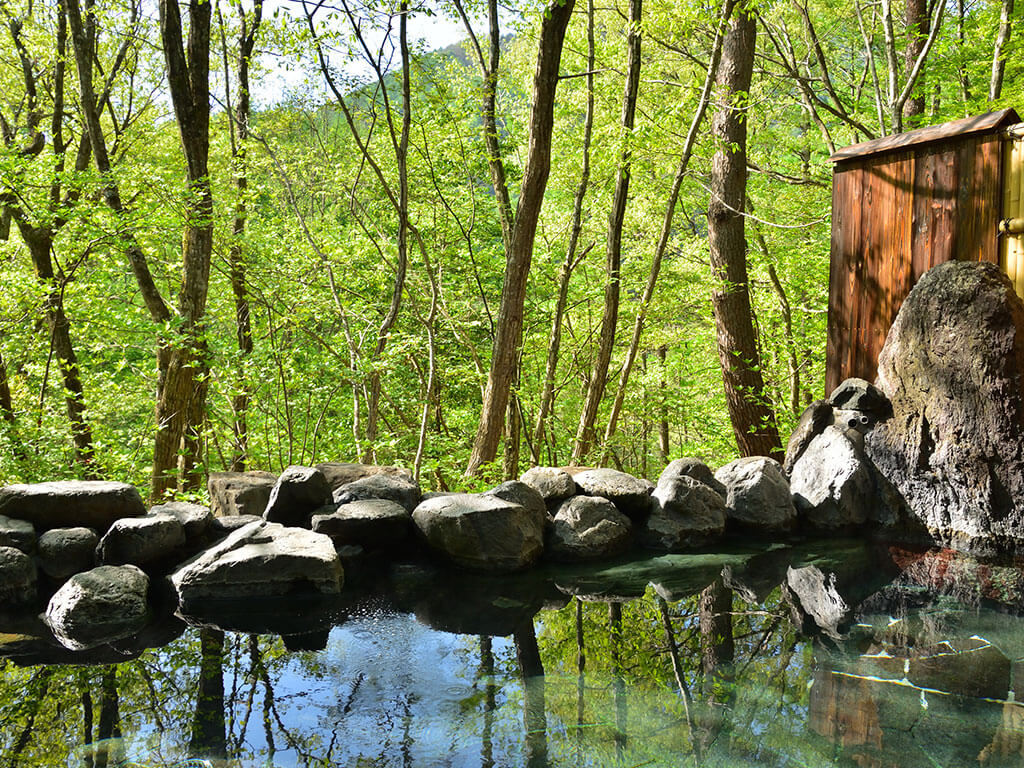
An Onsen is a natural hot spring, usually of volcanic origin, that has a temperature of more than 25 degrees Celsius and contains natural mineral properties.
Sento
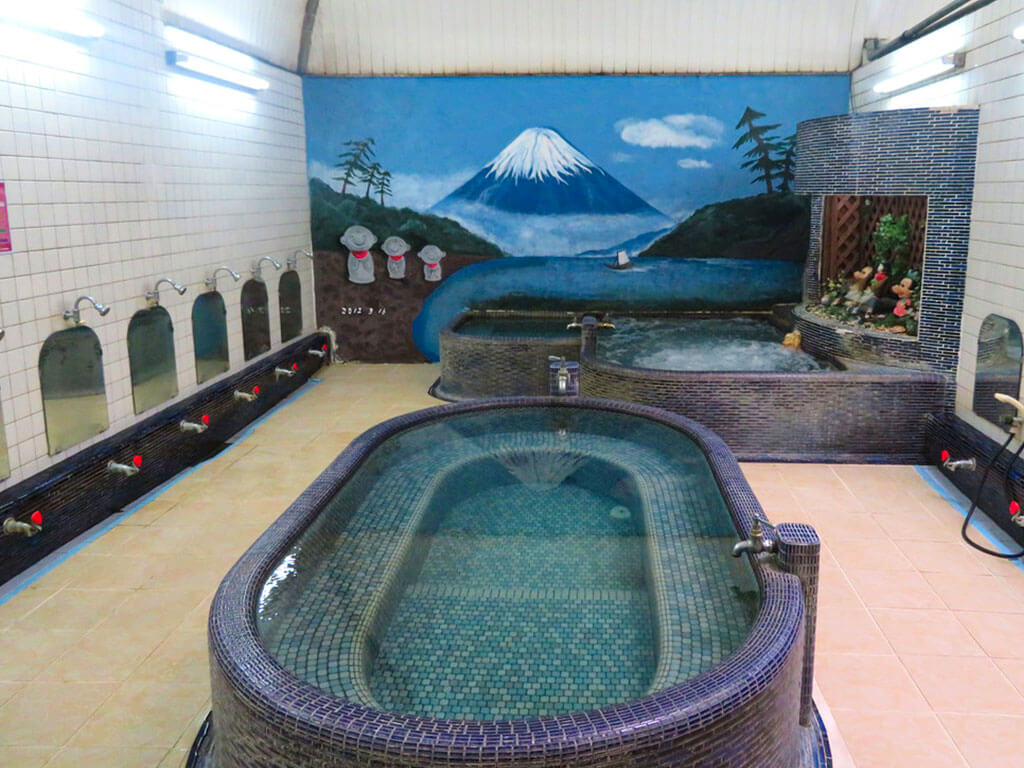
A Sento is a simple Japanese bathhouse that serves the daily need for hygiene. Unlike an Onsen, the water at a Sento is often plain groundwater heated for bathing.
Each Sento typically offers multiple types of baths, which are explained below, as well as a sauna. You can find Sento all over the country, from big cities to small towns.
Super Sento
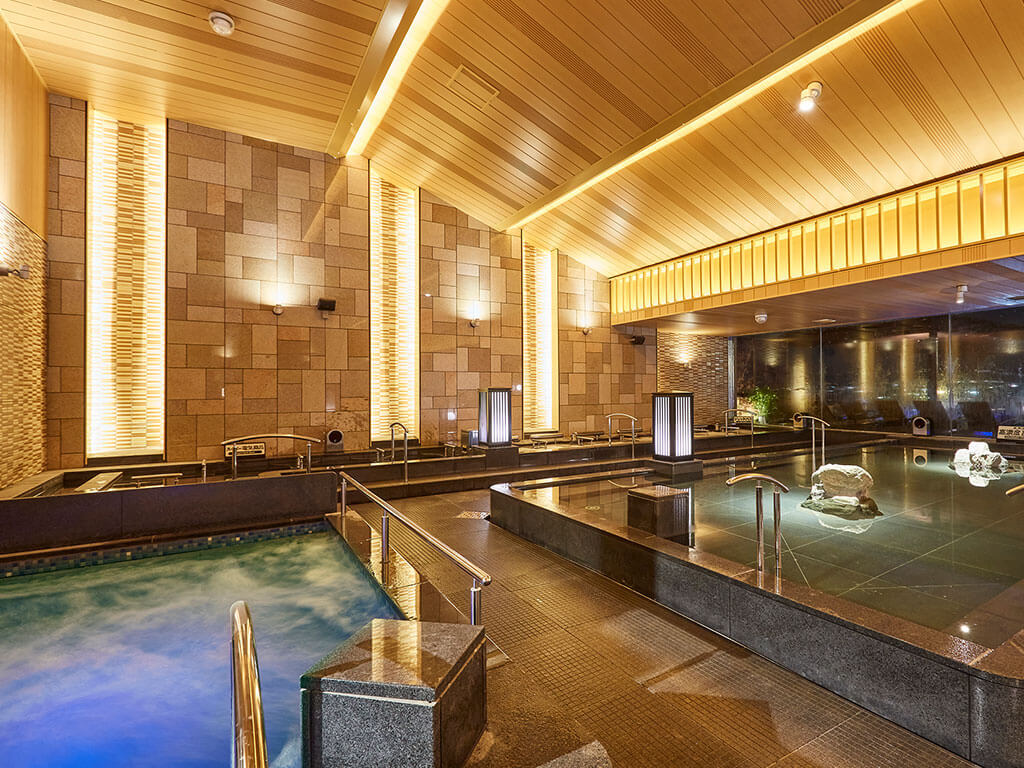
A Super Sento is a public bath theme park! They have a wide variety of facilities, such as themed baths, saunas, massage services, restaurants, and rest areas.
Daiyokujo
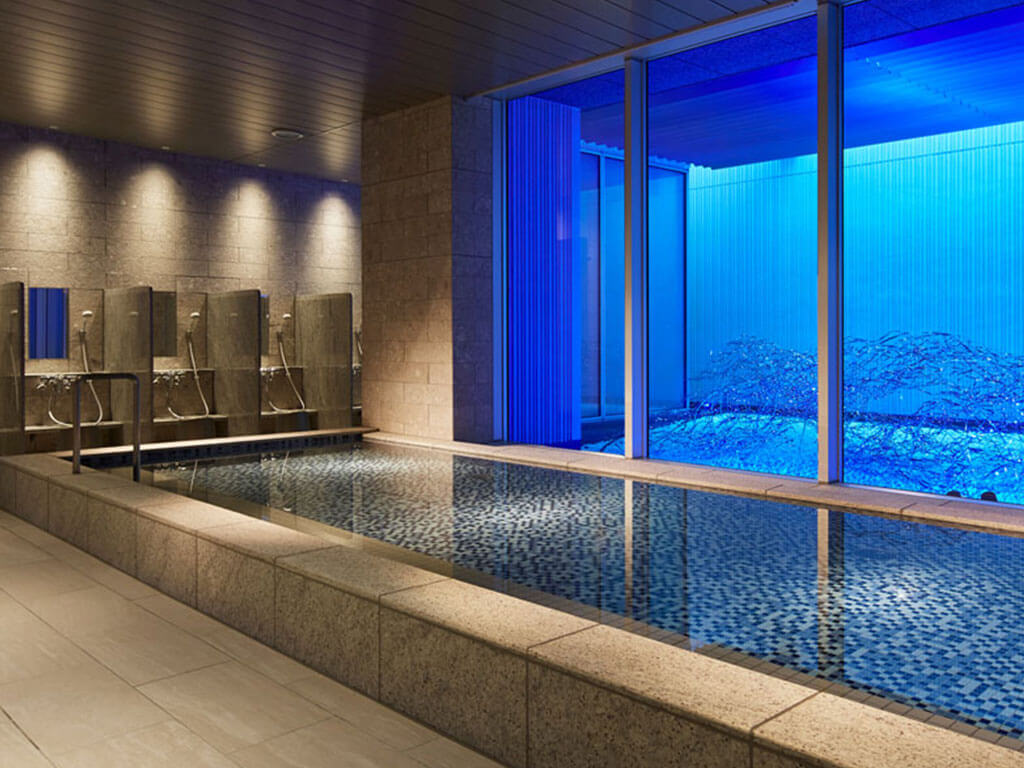
This is the large bath facility of a hotel or Ryokan that may or may not be a natural hot spring. It is split into sections for male and female guests, with shower facilities and one or more hot pools.
Ashiyu
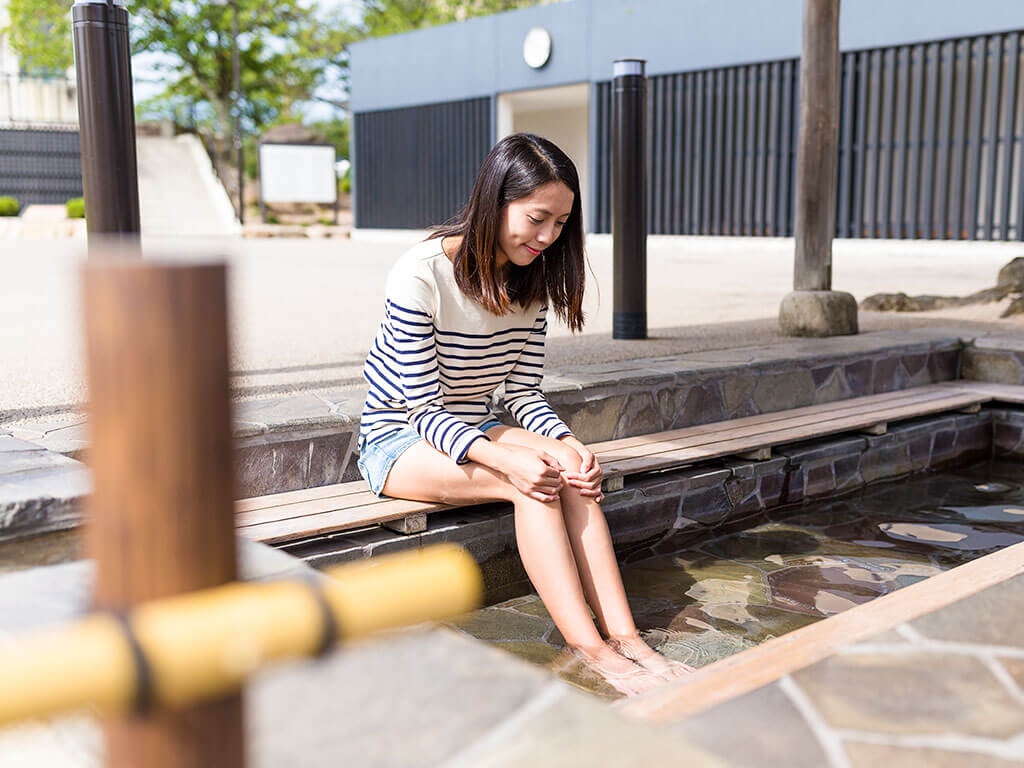
An Ashiyu (foot bath) can be found on the streets, close to train stations, and in some parks in some where Onsen waters occur underground. Most foot baths are free of charge, but for some, you may be expected to pay a small fee.
Types of Bath Found at Bath Houses Across Japan
Below you will find the different bath types that can be found at some of the bathing facilities, both indoors and outdoors. Each bath has its special characteristics.
Rotenburo
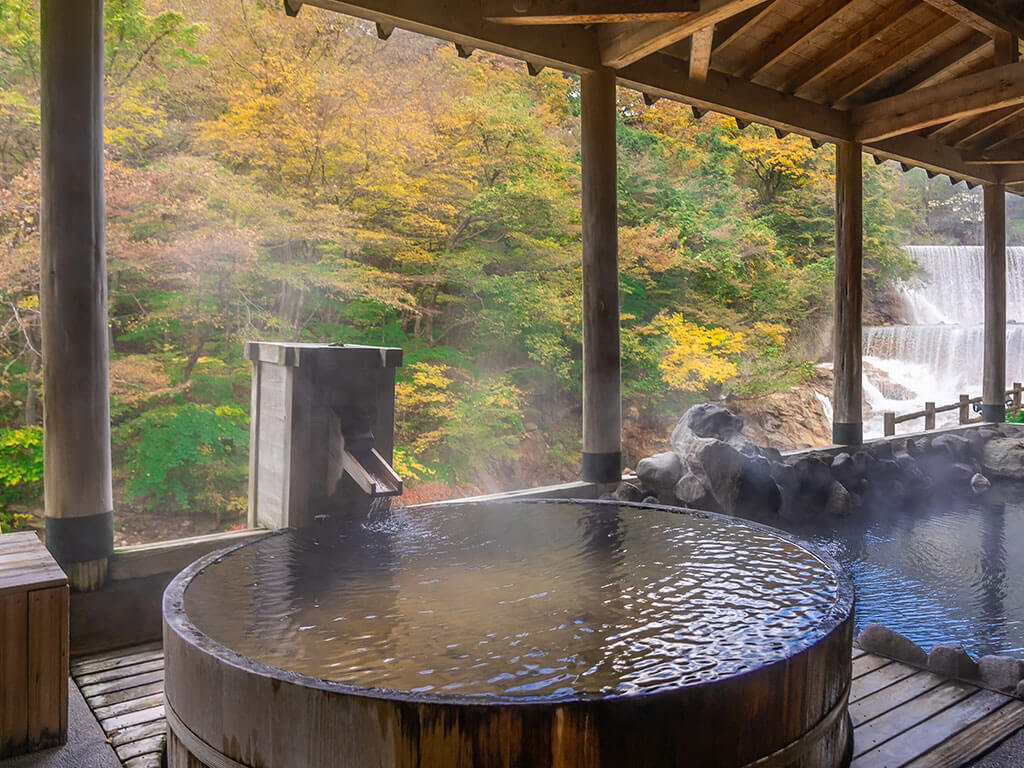
A Rotenburo is an outdoor Onsen, where you can relax while surrounded by the tranquility of Japan’s beautiful nature.
Another way to immerse yourself in Japanese nature is by visiting one of the many gorgeous parks and gardens in and around Nagoya.
Utase Buro
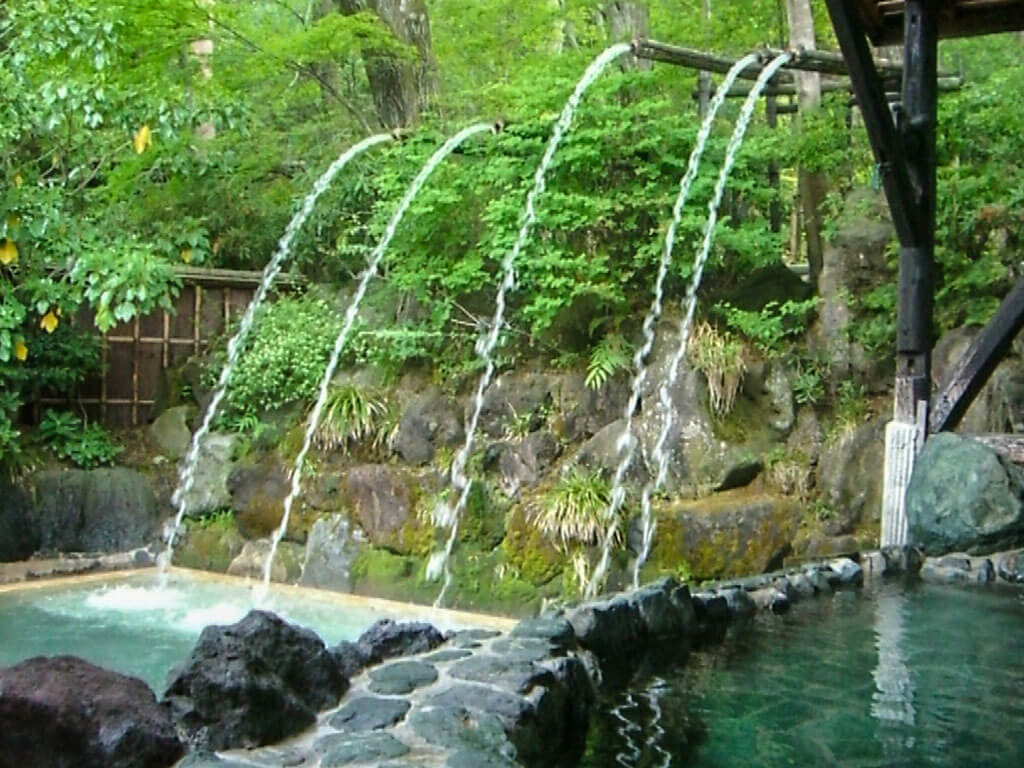
The Utase Buro massages the head, shoulder, spine, and back with a high-pressure stream of hot water pummeling down.
Mizu Buro
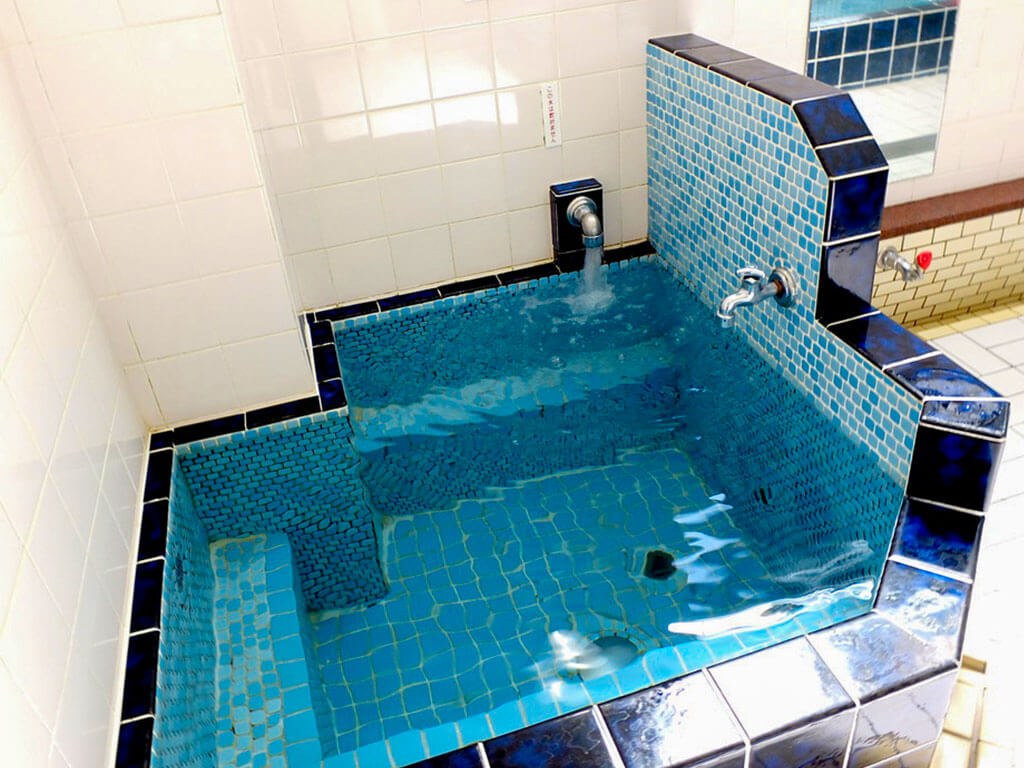
A cold water tub with a temperature of around 17-20°C, known as Mizu Buro, is used after a visit to the sauna to cool down your body.
Denki Buro
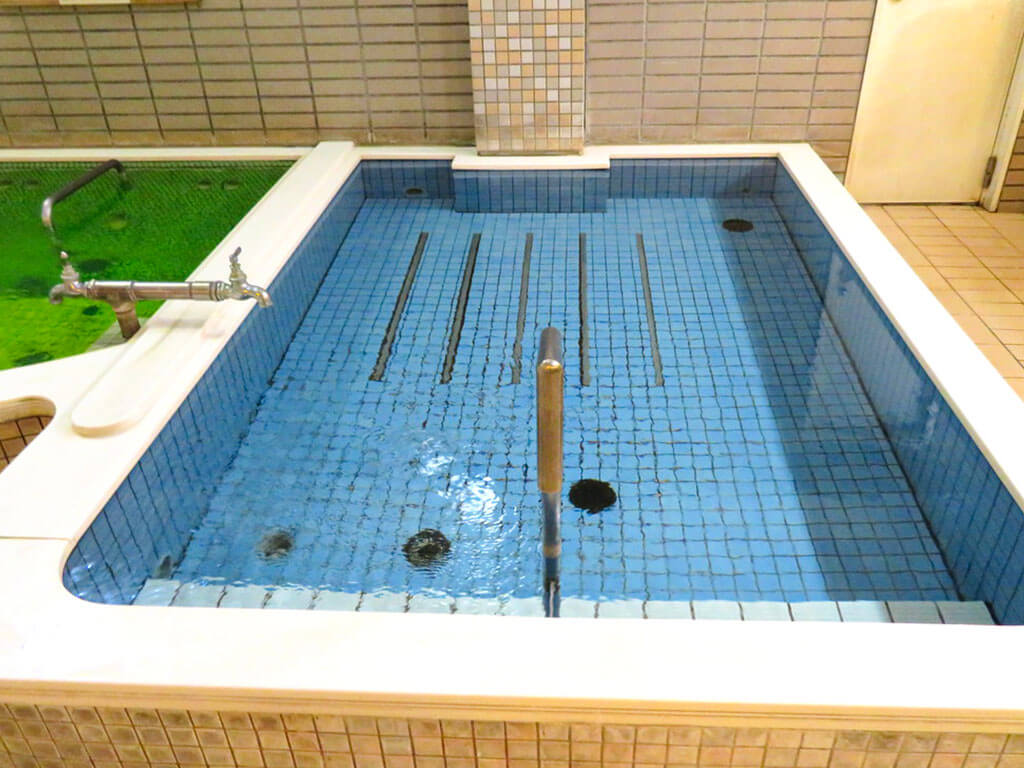
A Denki Buro is a small bathing tub equipped with steel plates that discharge small pulsing currents of electricity. It causes a slight tingling sensation that can feel a little strange at first, but it is said to have pain relief benefits, especially for stiff shoulders and back pain.
Kusuri Yu
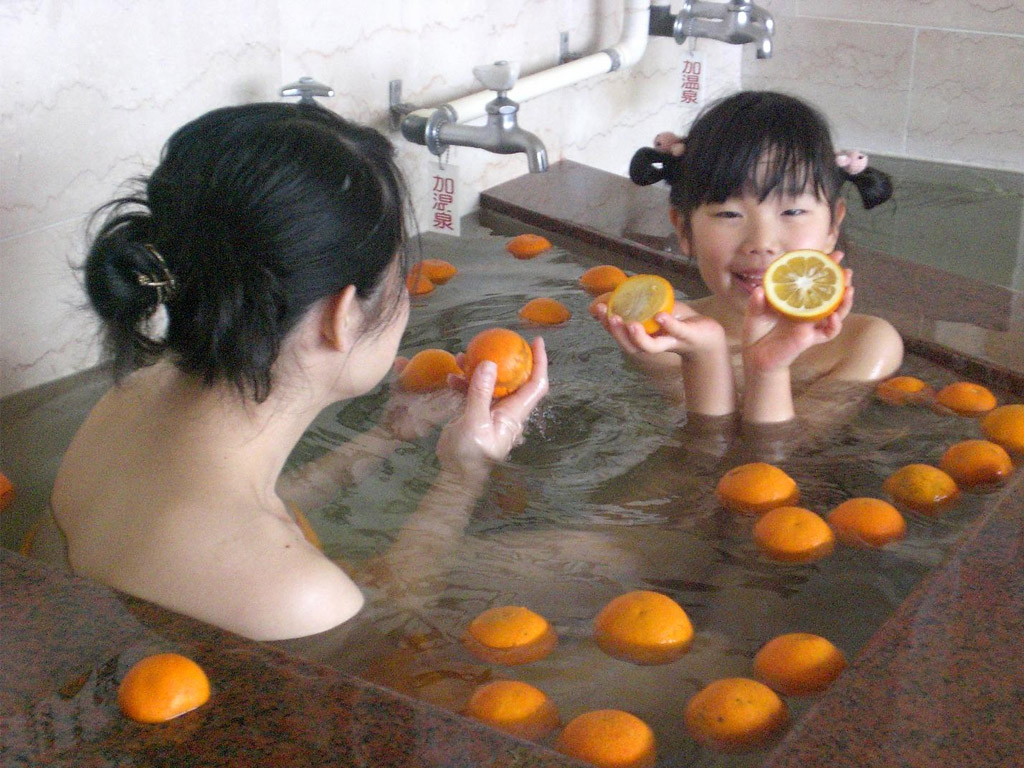
A Kusuri Yu is a themed bath that incorporates seasonal plants or fruits, such as Yuzu citrus fruit in winter. The term “Kusuri” means “medicine” in Japanese, so these baths are designed to provide medicinal benefits and enhance wellness.
Neburo
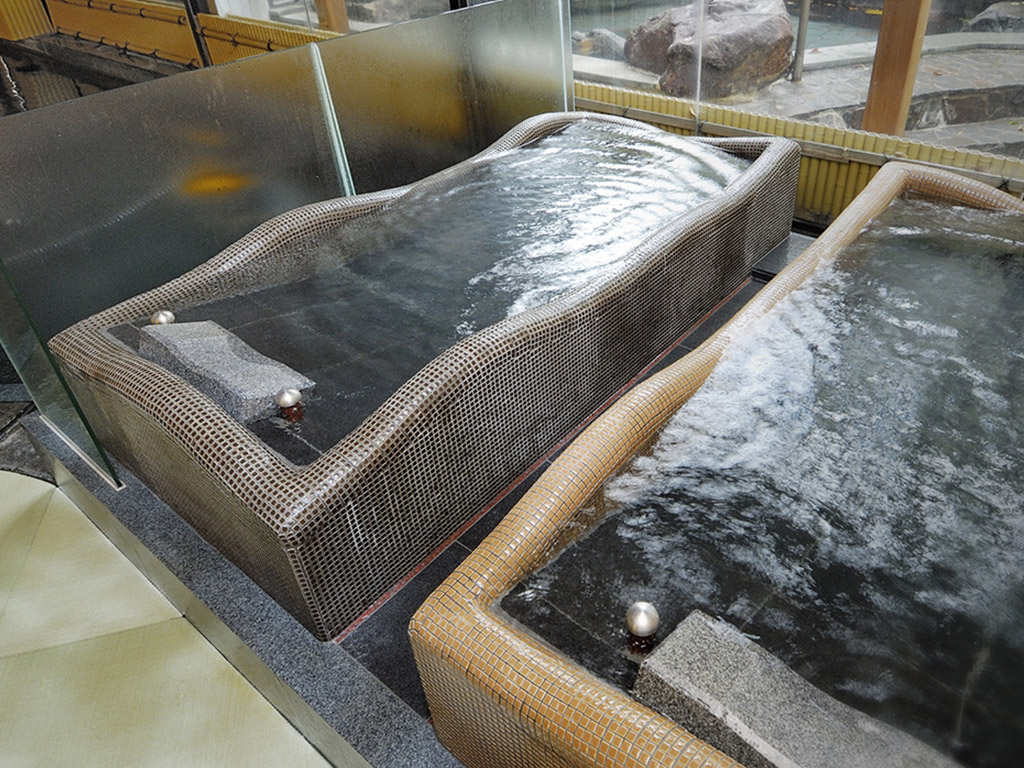
Neburo translates literally to “sleeping bath,” but you definitely shouldn’t sleep in it! These are shallow baths designed for you to comfortably lie in, including a special rest for your head.
Kashikiri Buro
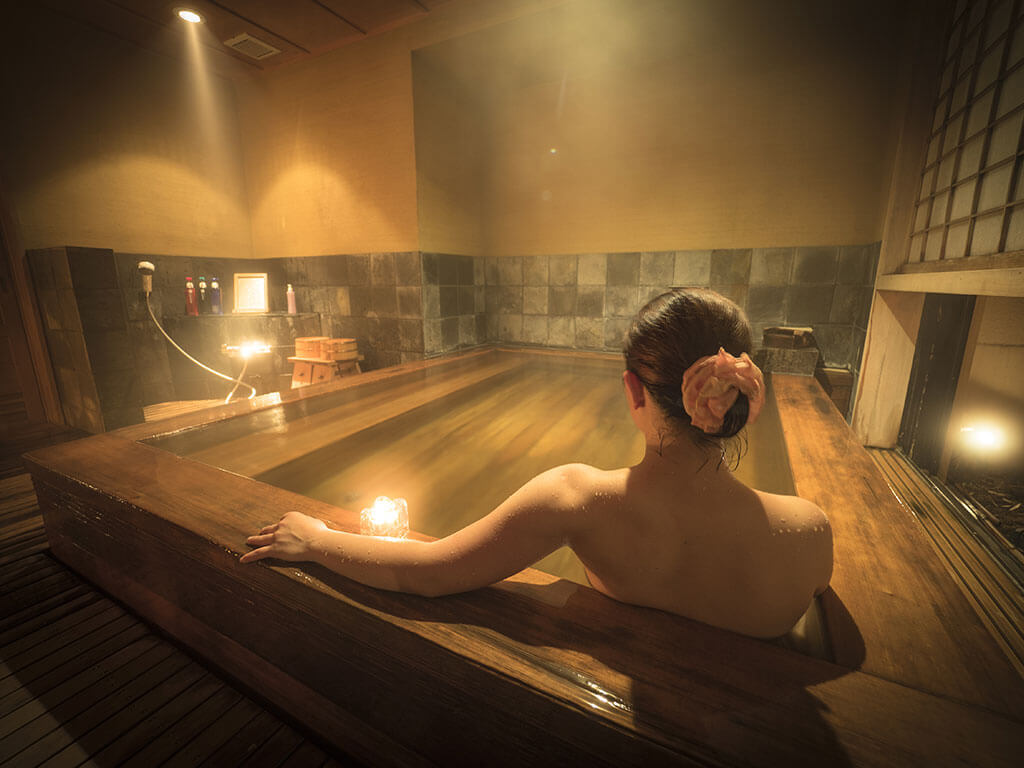
A Kashikiri Buro is a hot spring bath that you can reserve for private use at hotels and Ryokan. They come in various forms and sizes and can be either indoors or outdoors. Kashikiri Buro are especially great if you are shy, have tattoos, or want to experience a traditional Japanese bath with your significant other or family.
Onsen Also Come With Many Rules That Can Make for a Challenging Experience
You should know that Japan has rules for everything, and bathing in an Onsen or public bath is no exception. If you follow these rules, we think you will fully enjoy the experience without any problem.
| NOTE: Unfortunately, people with tattoos are often strictly banned from Onsen and public baths (no matter the size of the tattoo), since they are often associated with the Japanese mafia (Yakuza). Even if you cover them with a sticker, some facilities will not allow you entry. So before going, confirm with the facility that the entry is okay. You can read some tips for people with tattoos here. |
Before Using the Onsen or Bath Facilities:
- Remove your shoes at the entrance – The first general rule when entering any Japanese-style house.
- Pay the entry fee – It is common to find a vending machine, often next to the entrance, where you can buy an entry ticket. Sometimes, the vending machines are in Japanese, so feel free to ask the staff for help. If you need a towel or soap, there might be additional fees. Some places sell their own unique Onsen towels which make a nice souvenir!
- Enter your appropriate bath area – Once you have paid the fee, you will find two separate bath sections: one for men (often marked by a blue curtain and the symbol 男) and one for women (often marked by a red curtain and the symbol 女).
- Prepare to get naked – Most of the public baths have lockers available. Remove ALL clothing and accessories and put all of them in a locker or in a basket. Clothes, swimming suits, or large towels of any kind are not allowed in the bath area. Only keep your hand towel, hair tie, and toiletries with you. DO NOT use any mobile phone or video/photo camera inside the bath area.
When Using the Onsen or Bath Facilities:
- Enter the wash area first – Almost all baths are divided into two sections: the wash section, equipped with showers, soap, and shampoo to clean your body, and the relaxing section with one or more tubs to soak in.
- Clean your body entirely – Choose a shower and take a seat in front of it. Clean yourself thoroughly from head to toe. Once finished, make sure that all the soap and shampoo have been rinsed away.
- Relax and enjoy – Now you can go ahead and enter the tub, but be careful because the temperature can be quite hot. If you are a bit shy, you can use the small Onsen towel to cover your intimate parts when walking around but you can’t enter the water with it. If you are in a facility with many baths, feel free to try as many as you want.
– Don’t bathe for more than 10 minutes if it’s your first time or you may start to feel dizzy.
– Don’t dive, splash, or swim in the bath. - Keep your head and hair out of the water – If you have long hair, try to keep it out of the water using a hair tie, and don’t put your head under the surface of the water.
- Keep quiet or talk in low voices – Don’t raise your voice when talking to your friends and family, so as not to disturb other guests.
After Using the Onsen or Bath Facilities:
- Dry your body – It is recommended not to shower again after bathing in an Onsen, since rinsing your body will lower the effectiveness of the minerals on your skin. However, if you need a cold bath or shower before leaving the area, feel free to do so. Make sure to dry your body off as much as possible using your small towel before you leave the bathing area.
- Time to hit the lounge area – Once you are all dried and dressed, take advantage of the comfortable couches and massage chairs available at many facilities.
- Avoid dehydration – Grab a drink from the vending machine (or from the fridge and pay at the front desk) and relax. “Hot spring + milk coffee” is a common tradition among the Japanese. Additionally, if you’re at an Onsen facility or a Super Sento with restaurants, try the local delicacies or Japanese-style course meals.
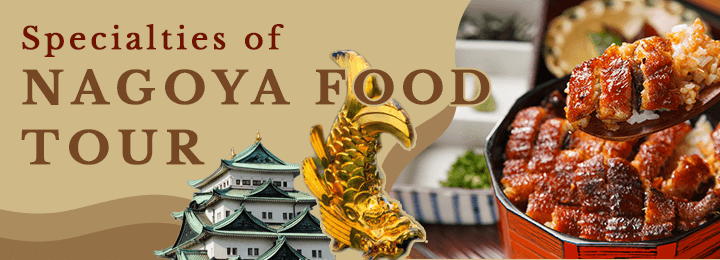
There are a lot of rules here, but when in doubt, just try to observe and imitate what others are doing.
Must-Visit Sento, Super Sento, and Onsen in Nagoya
When looking for a Sento or Onsen, they are usually marked with the Kanji character for hot water 湯 (Yu), the Hiragana character ゆ (Yu), or the symbol ♨. These are also used by many Japanese Ryokans and hotels on their maps and curtains marking the entrance to the bath area.
If you’re looking for an Onsen, Super Sento, or Sento in Nagoya, you’ll find a wide variety of options to explore. Due to the area’s characteristics, Nagoya offers more Sento facilities than Onsen. Even so, these Sento have their own history and many are as traditional, local, and picturesque as some famous Onsen. Bathing in any of them will be highly beneficial for both your body and mind.
The facilities listed below are the most popular and are highly recommended by both locals and foreign residents.
Urban Quar Spa & Living
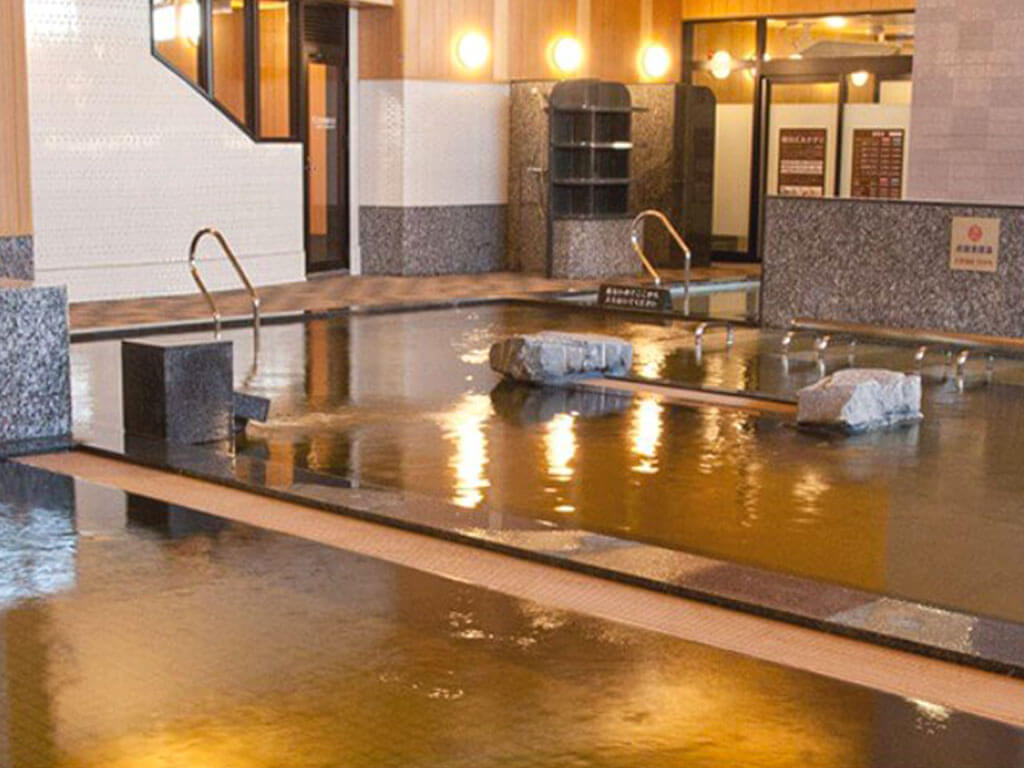
This is a natural hot spring that flows from 800 meters underground. It has a huge spa area with 11 different types of baths all with “Nano-yu” water, a carbonated water that is said to reduce inflammation and beautify skin. Also, there are free services such as coffee and massage chairs.
How about resting your feet and relaxing your body after completing the Street Food Walking Tour? Its end location is only 15 minutes away from this Onsen.
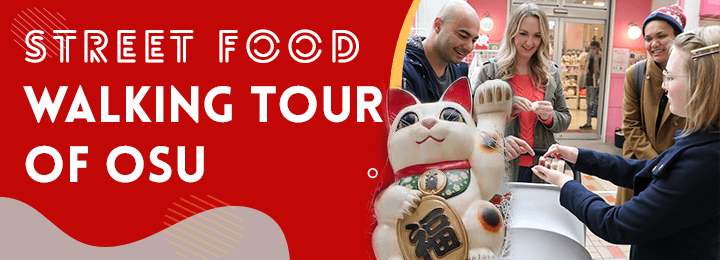
Urban Quar Spa & Living (天然温泉アーバンクア – SPA&LIVING)
Entry Fee: Weekday: adult 950 – 1,550 yen, child 300 yen. Weekend: adult 1,050 – 1,650 yen, child 350 yen. The fees for adults depend on the chosen course (additional entrance to certain facilities)
Opening Hours: Everyday 6:00 – 1:30, Friday opens at 9:00
Address: 16-17 Castle Town Kinenbashi 3F, Fujimicho, Naka Ward, Nagoya, Aichi 460-0014
Access: Take the Meijo subway line to Higashi-Betsuin station. From exit 1 it is 7 minutes on foot. Free shuttle buses are available from Kanayama Station and Sakae Station.
Phone: (+81) 052-324-0261
Tattoo friendly: No
Website (Japanese only) | Google Maps
Tenku Spa Hills Ryusenjinoyu Nagoya Moriyama
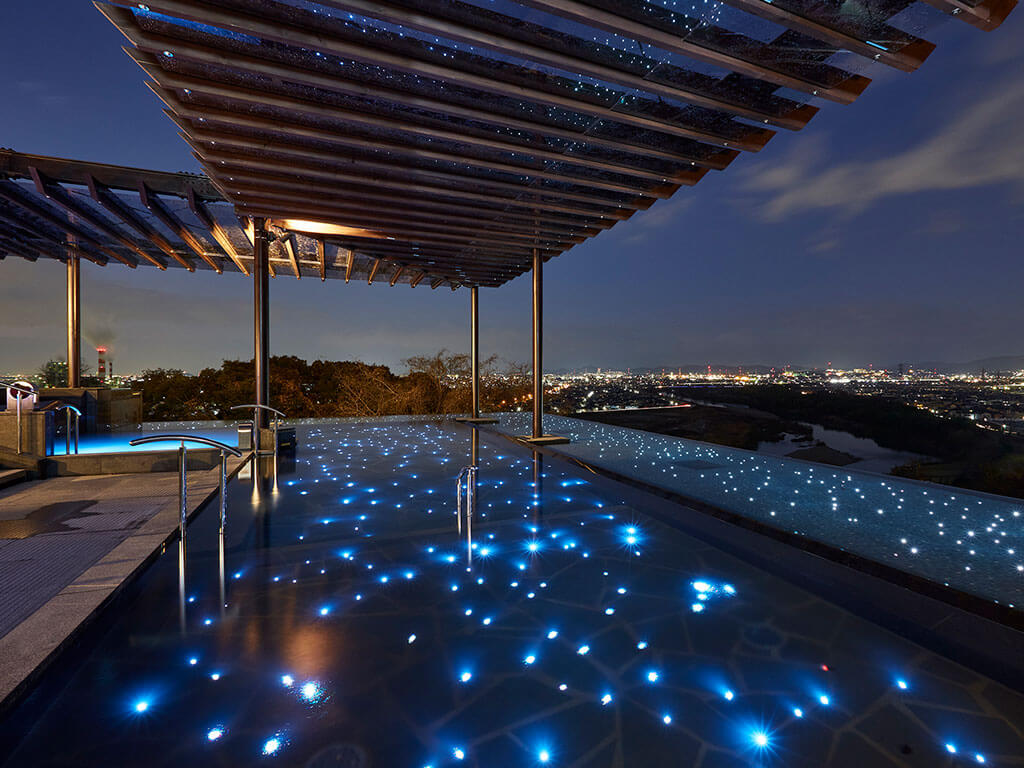
This Super Sento complex offers many open-air bathing options with stunning views. These options include a bubble bath, an open-air carbonated natural hot spring, a silk bath, an electric bath, and a whirlpool bath, and more!
It can be very busy and crowded on weekends, so if you’re looking for a more relaxing experience, try to visit during the week when it’s less crowded.
Tenku Spa Hills Ryusenjinoyu Nagoya Moriyama (スーパー銭湯&炭酸泉発祥の店 天空SPA HILLS 竜泉寺の湯)
Entry Fee: Adult 700 yen (600 yen when entering between 6:00 – 9:00), child 300 yen
Opening Hours: Everyday 6:00 – 3:00
Address: 1-1501 Ryusenji, Moriyama Ward, Nagoya, Aichi 463-0801
Access: From the Ozone station or Nagoya-Dome-Mae-Yada Station take the Yutori-to Line bus to the Ryusenji Stop. From there it is only a 3-minute walk.
Phone: (+81) 052-793-2601
Tattoo friendly: No
Website (Japanese only) | Google Maps
Canal Resort
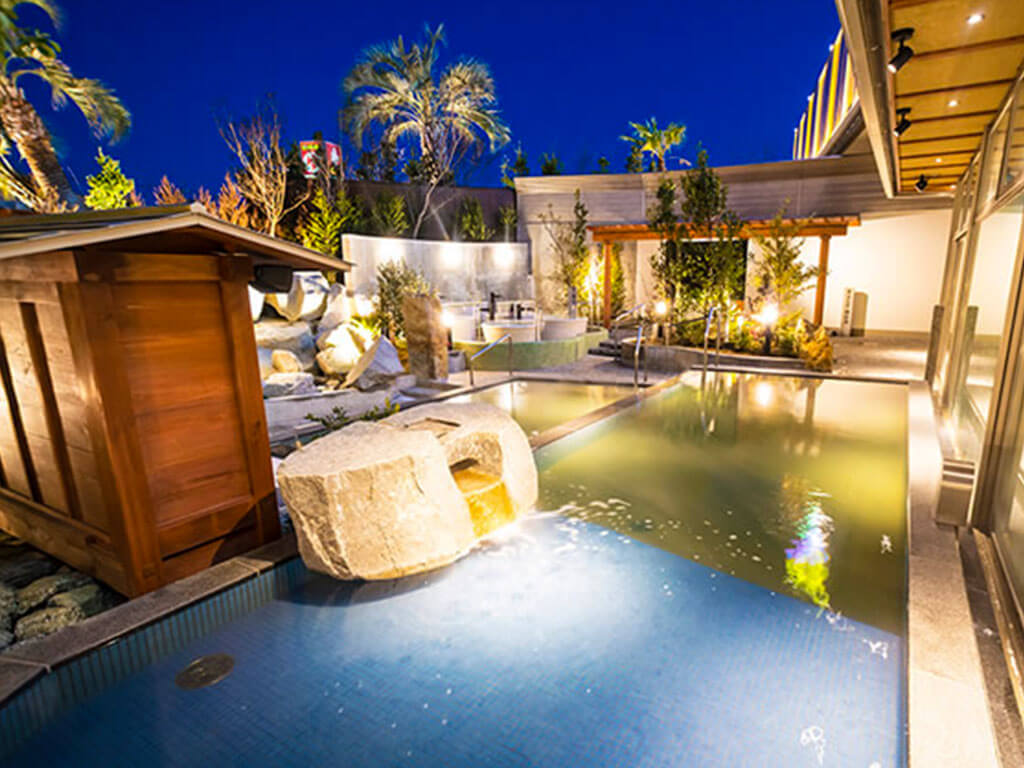
One of the most popular Super Sento in Nagoya. This super trendy spot is is located about 15 minutes by shuttle bus from Kanayama Station. There is an outdoor area with TVs and personal bath barrels with “beauty water,” which is said to help your complexion. This restort is the spot to go if you are interested in sauna and cold plunge – this Super Sento has a 1.3m deep swimming cold plunge pool, as well as one that is 2 meters deep! (1.8 m for ladies.) Many different food and drinks options are available within the facility, as well as several different indoor and outdoor areas for relaxing in hammocks and on tatami.
Canal Resort (キャナル・リゾート)
Entry Fee: Weekdays: adult 900 yen, child 350 yen. Weekends: adult 1000 yen, child 400 yen.
Opening Hours: Monday to Thursday 9:00 – 1:00, Friday 9:00 – 2:00, Saturday 8:00 – 3:00, Sunday and Holiday 8:00 – 1:00
Address: 4-1 Tamakawacho, Nakagawa Ward, Nagoya, Aichi 454-0058
Access: Take the Meiko subway line to Rokubancho station. Take exit 3 and from there it is 19 minutes on foot. Free shuttle buses are available from Rokubancho Station, Kanayama Station, Midland Square (Nagoya Station), and Fushimi Station.
Phone: (+81) 052-661-9876
Tattoo friendly: No (even if covered with a sticker)
Website (Japanese only) | Google Maps
Raku Spa Garden
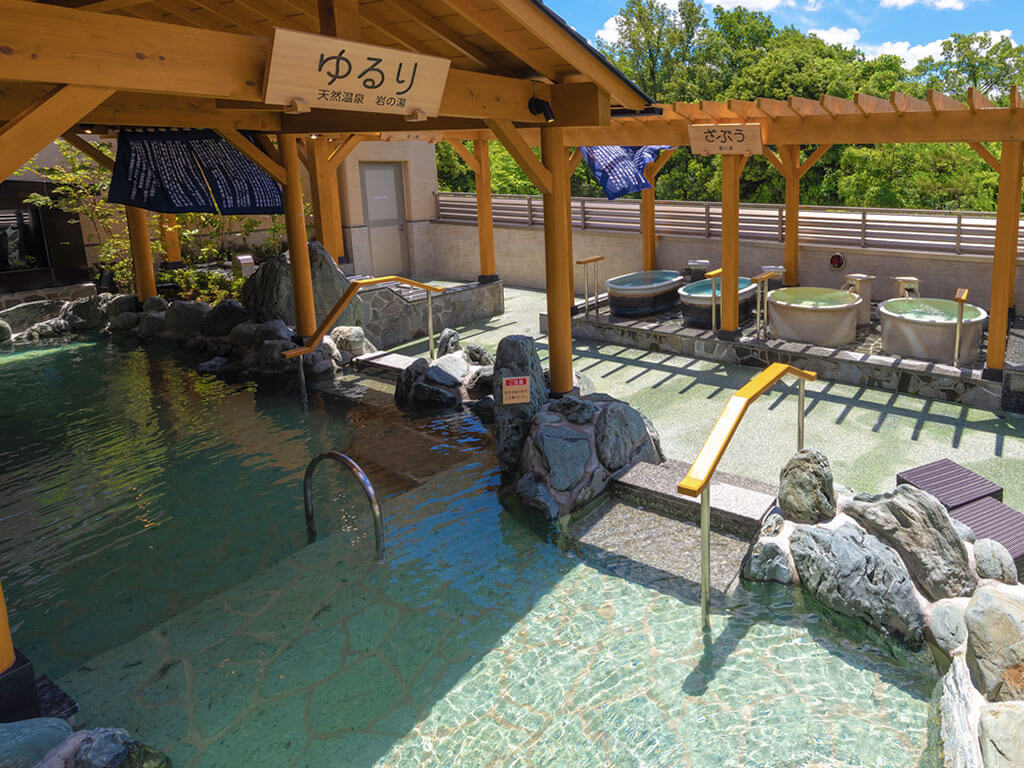
This place is very popular with young people. Raku Spa Garden is a big Super Sento complex with a food court, a reading area, and sofas everywhere. You can easily spend the whole day relaxing here.
Raku Spa Garden (RAKU SPA GARDEN 名古屋)
Entry Fee: Weekdays: adult 1,980 yen, child 660 yen. Weekends: adult 2,680 yen, child 770 yen.
Different fees for early mornings, late-night entries, and 90-minute courses.
Opening Hours: Sunday to Thursday 9:00 – 2:00; Friday and Saturday 9:00 – 8:00
Address: 1−65-2 Heiwagaoka, Meito Ward, Nagoya, Aichi 465-0097
Access: Take a bus from Nagoya station to Hikarigaoka bus stop. From there it is only a 4-minute walk. Free shuttles are available to and from Hoshigaoka Station, Sakae Station, and Fujigaoka Station.
Phone: (+81) 052-769-1126
Tattoo friendly: No
Website (Japanese only) | Google Maps
Utopia Takara
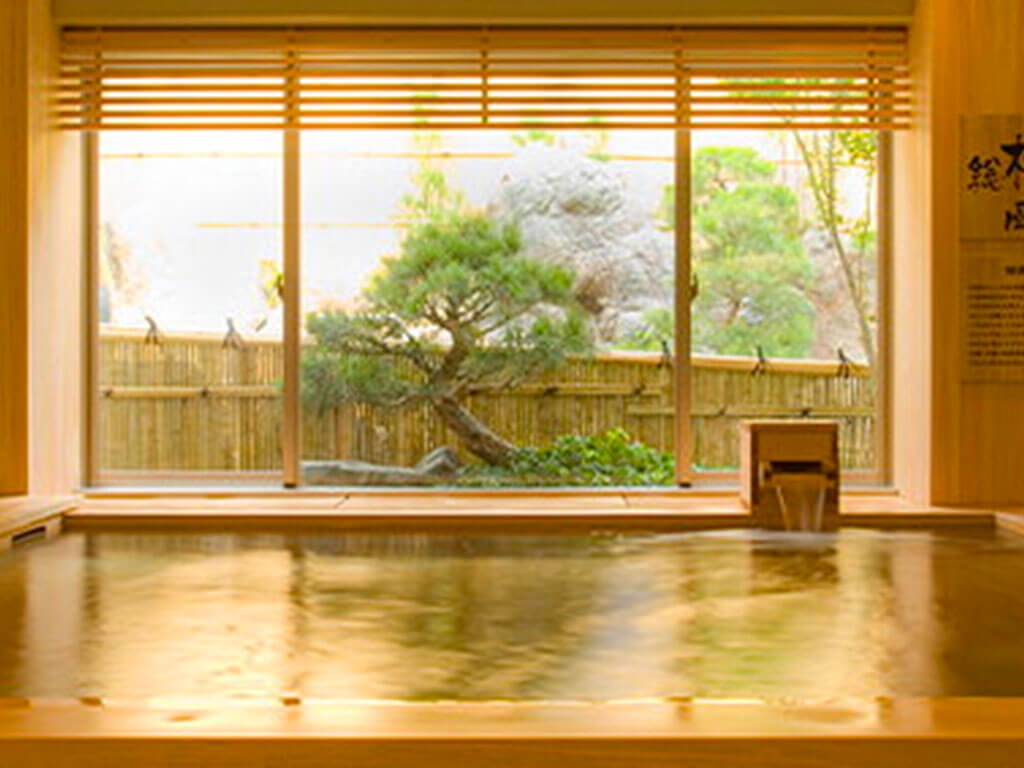
This is the largest Super Sento in the Nagoya area. It’s a huge complex with a wide variety of themed baths, saunas, massage and relaxation facilities, and several restaurants.
Utopia Takara (湯~とぴあ宝)
Entry Fee: Weekdays: adults 2400 yen, children ages 4-12 600 yen. Weekends: adult 2,800 yen, children ages 4-12 600 yen. Late-night (2:00 ~) entry surcharge: 2,400 yen. Half-price plans available from 17:00 ~ 2:00.
Opening Hours: Open 24 hours
Address: 1-9 Maehamatori, Minami Ward, Nagoya, Aichi 457-0058
Access: Take the Tokaido line to Kasadera station. From the West exit, it is a 7-minute walk. Free shuttle buses are available from Kanayama Station.
Phone: (+81) 052-611-1126
Tattoo friendly: No
Website | Google Maps
If a visit to the Super Sento is not enough, how about combining it with a nearby Ikebana experience?
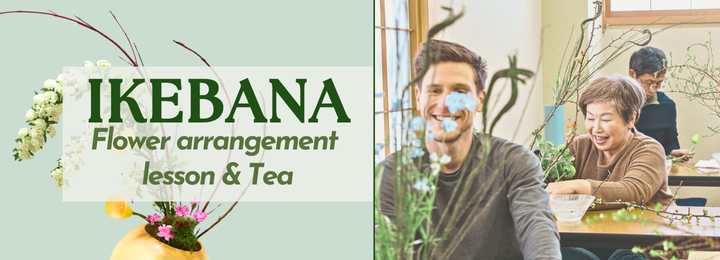
Ozone Onsen Yunoshiro
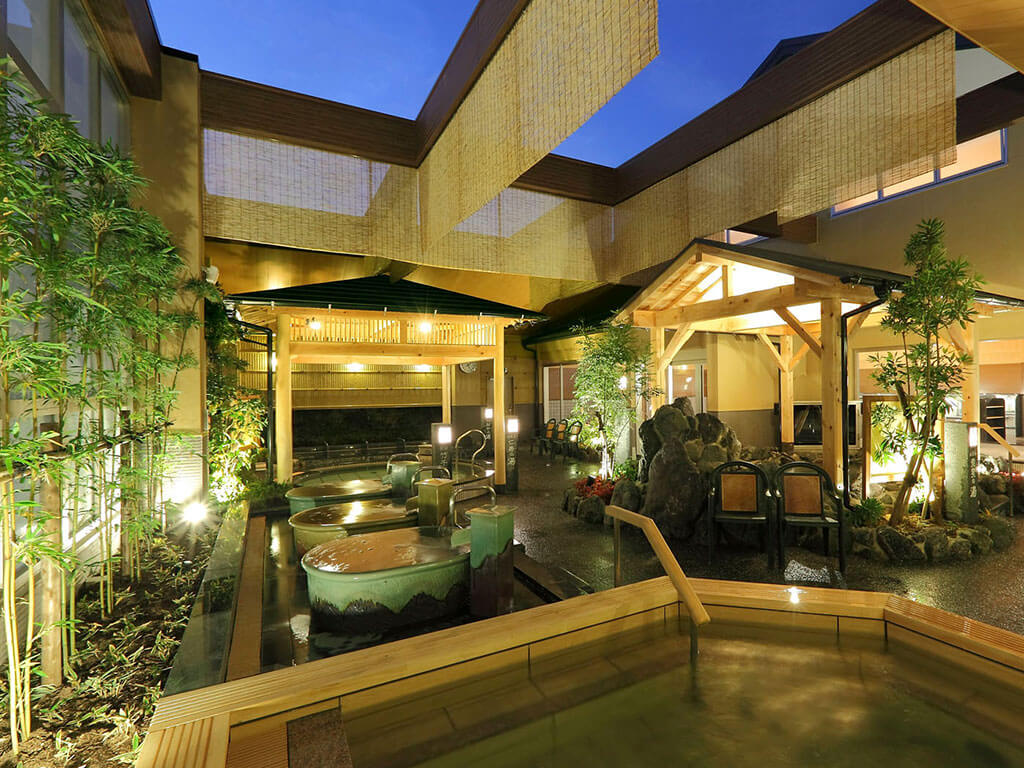
Located about 20 minutes from Nagoya Station, this Super Sento has 12 types baths; six indoor, six outdoor. All come with “Nano-yu” water: special water containing molecules that are said to have a moisturizing effect, as well as improve circulation and increase energy levels.
Some of the outdoor baths are rock baths. You can also find other facilities such as a sauna, relaxation lounge, and massage room.
Ozone Onsen Yunoshiro (大曽根温泉 湯の城)
Entry Fee: Weekday: adult 780 yen, child 300 yen. Weekend: adult 850 yen, child 350 yen.
Opening Hours: Opens at 6:00 (except for Thursday, when it opens at 9:00) and closes at 1:00 every day.
Address: 28-7 Higashiozonecho, Higashi Ward, Nagoya, Aichi 461-0022
Access: Take the Chuo line to Ozone station. From the South exit, it is an 8-minute walk.
Phone: (+81) 052-933-0261
Tattoo friendly: No
Website (Japanese Only) | Google Maps
Heiden Onsen
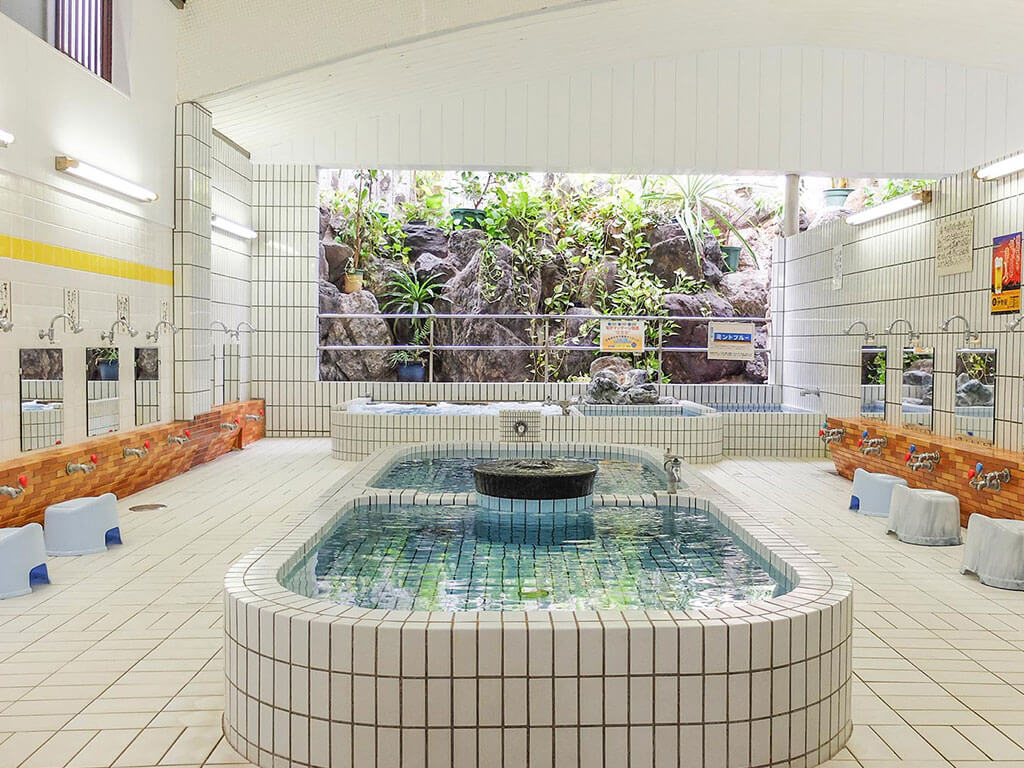
A local and traditional Sento that is often used by runners and young people. There is a central bath in the middle of the bathing area, and two baths at the back that overlook the garden.
It has several different types of baths, including jet massage, aroma, ultrasonic bubble bath, cold plunge and an electric bath, as well as a sauna.
Heiden Onsen (平田温泉)
Entry Fee: Adult 500 yen, children 5-12 180 yen; children under 5 100 yen.
Opening Hours: Everyday 15:00 – 22:45 (last entry 22:00); closed on Tuesdays.
Address: 38 Aioicho, Higashi Ward, Nagoya, Aichi 461-0012
Access: Take the Sakuradori subway line to Takaoka station. From Exit 2, it is another 15 minutes by foot.
You can also take a bus to the Hiratamachi bus stop which arrives in front of the Sento.
Phone: (+81) 052-931-4009
Tattoo friendly: Yes
Website (Japanese only) | Google Maps
Hakusan Onsen
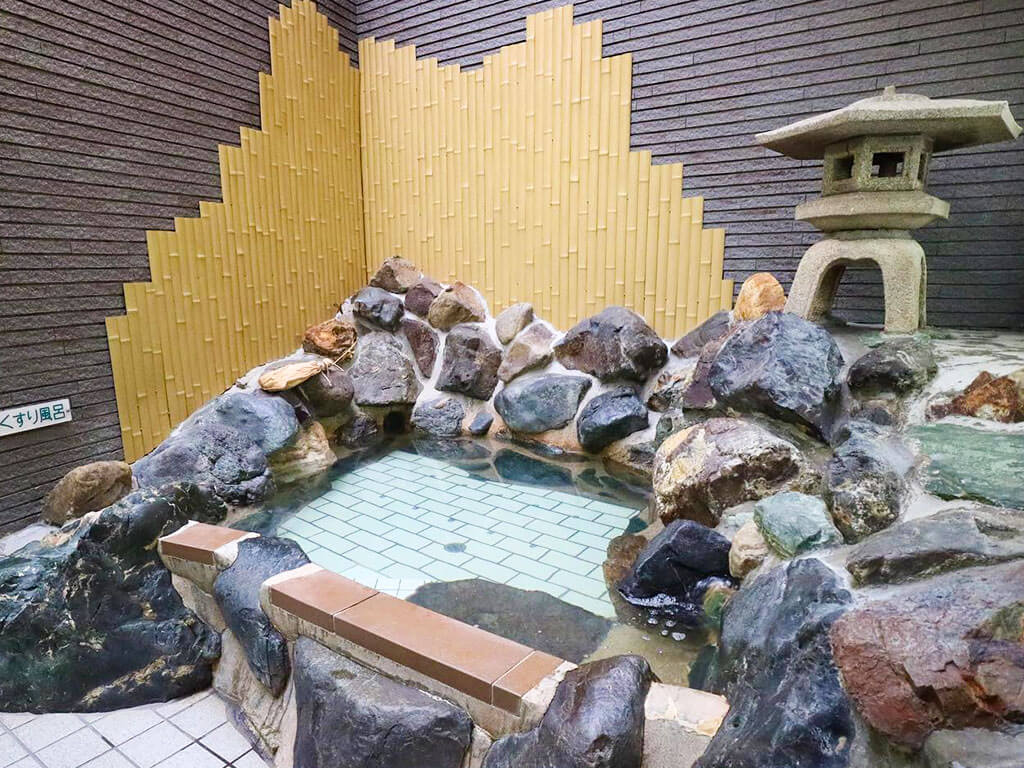
This sento is situated in a quiet residential area 12 minutes away from Nagoya Station by the Meitetsu train line. It has eight types of baths including a central oval bath with a nice view of the mural, and an open-air bath with medicinal properties that change every day. It also has a jet massage bath, a cold and electric bath, a sauna, and a steam sauna. During winter you can enjoy the Yuzu bath (a bath perfumed with Japanese citrus fruit) or a natural Cypress bath.
Hakusan Onsen (白山温泉)
Entry Fee: Adult 500 yen, children 5-12 180 yen; children under 5 100 yen. Sauna additional 150 yen.
Opening Hours: Everyday 15:00 – 24:00, Sunday morning bath 8:00 – 12:00. Closed on Wednesdays and public holidays.
Address: 1-2-20 Biwajima, Nishi Ward, Nagoya, Aichi 451-0053
Access: Take the Meitetsu train line to Higashi-Biwajima station. From there it is a short 4-minute walk.
Phone: (+81) 052-531-4753
Tattoo friendly: Yes
Website (Japanese only) | Google Maps
Suminoyu Hotel
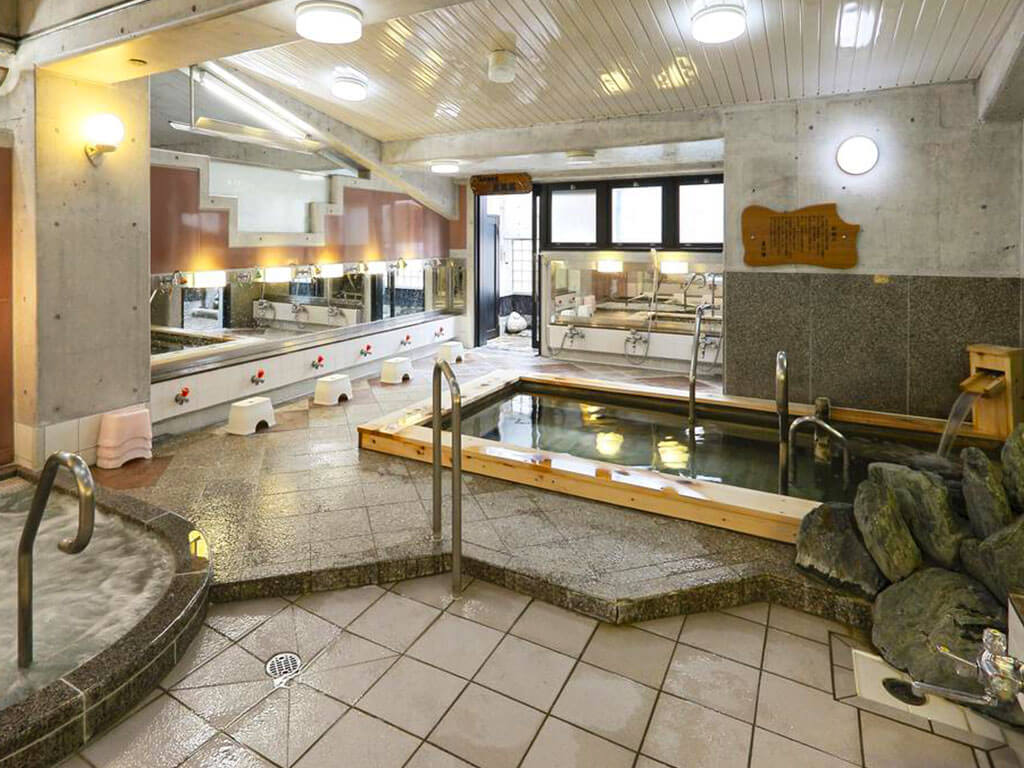
Located just a 6 minute walk from Nagoya Station, Suminoyu Hotel features a Sento facility with indoor and outdoor charcoal baths, a cypress bath, a jet massage bath, an electric bath, and a sauna.
The unique characteristic of this Sento is its high-quality charcoal hot water, which contains alkaline properties and excellent health benefits.
Suminoyu Hotel (炭の湯ホテル)
Entry Fee: Adult 500 yen, children 5-12 180 yen, children under 5 100 yen .
Opening Hours: Every day between 6:30 – 9:30 and 16:00 – 23:00
Address: 2-11-8 Kamejima, Nakamura Ward, Nagoya, Aichi 453-0013
Access: This hotel is only 6 minutes away by foot from Nagoya station.
Phone: (+81) 052-462-8311
Tattoo friendly: No
Website (Japanese only) | Google Maps
Don’t Forget to Check these Spas and Onsen Near Nagoya.
Less than an hour’s ride from Nagoya, there are a few hot spa areas worth visiting.
SOLA SPA Fu no Yu
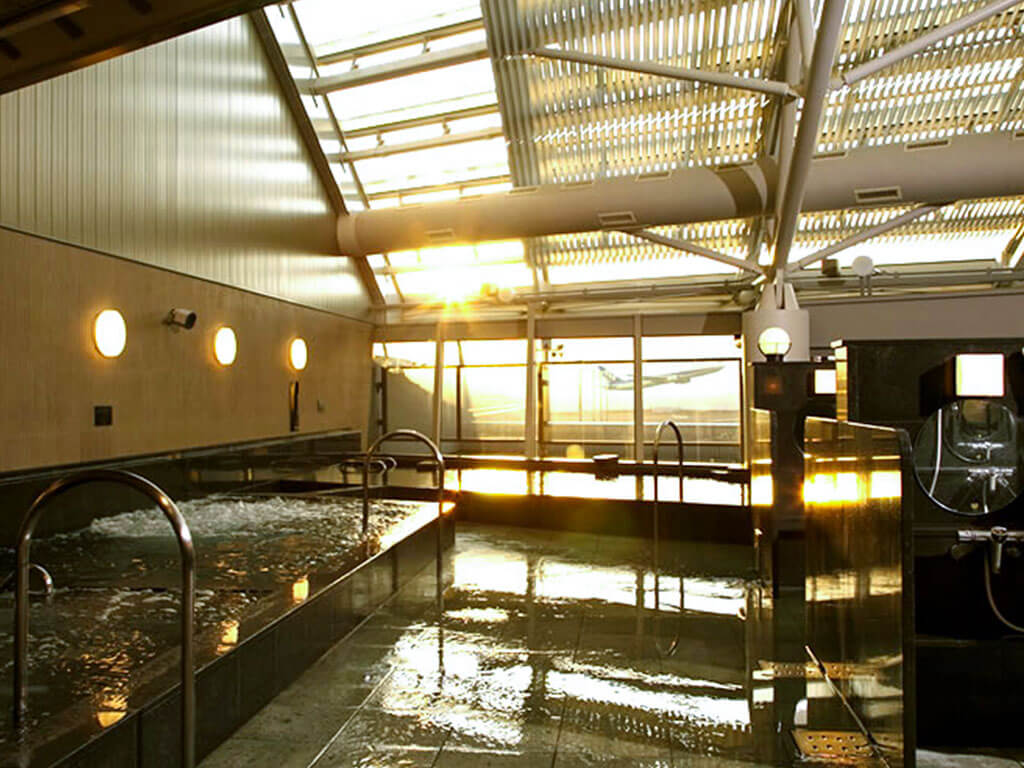
This is the first onsen in Japan with a view of an airplane runway. Not only can you watch the planes take off and land from a close distance while you relax in the bath, but you can also see Ise Bay.
SOLA SPA Fu no Yu offers a free Baggage Service, so you can leave your luggage and relax without any worries. This also allows you to explore many other cool places in the airport.
SOLA SPA Fu no Yu (風の湯)
Entry Fee: Adult 1,500 yen, children 5-12 900 yen, under 5 600 yen
Opening Hours: Everyday 8:00 – 21:00 (last entry: 20:00)
Address: 1-1 Centrair, Tokoname, Aichi 479-0881
Access: This Onsen can be found at Terminal 1 4F Sky Town.
Phone: (+81) 0569-38-7077
Tattoo friendly: No
Website | Google Maps
Kakitsubata Spa
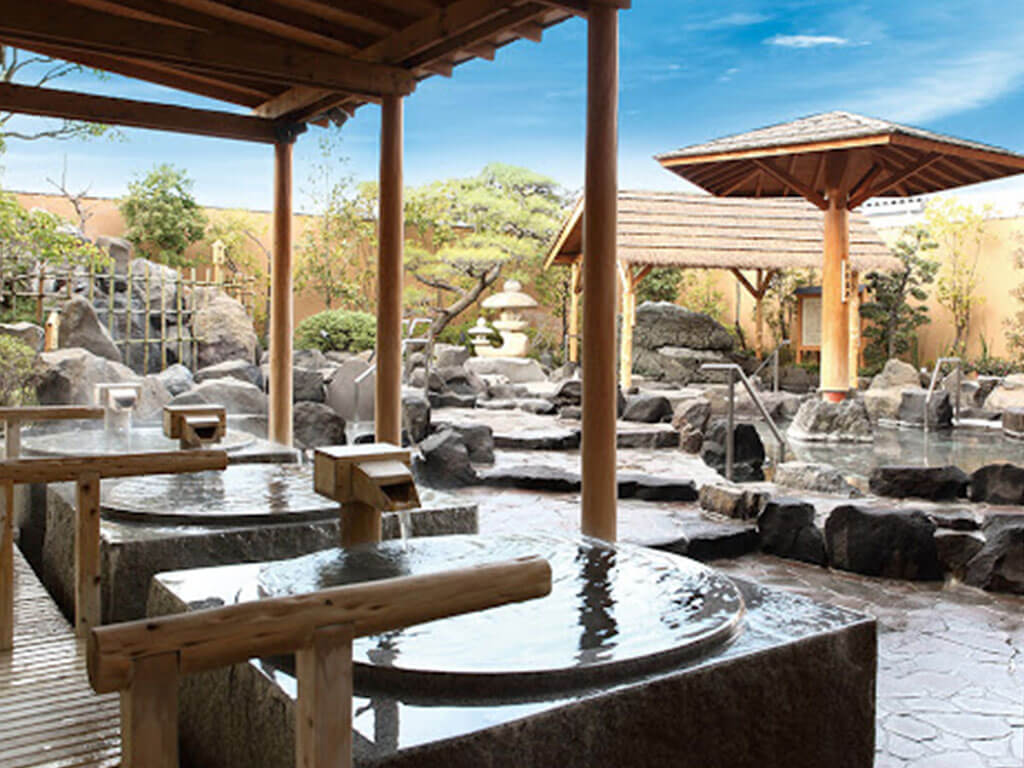
This is another zen-like spa oasis with many natural hot springs and outdoor stone baths. It also has a Korean-style “bedrock” bath, yoga, and restaurant facilities.
Kakitsubata Spa (天然温泉かきつばた)
Entry Fee: Adult 900 yen, children 5-12 450 yen
Opening Hours: Weekday 9:00 – 23:00, Weekend and Holiday 7:00 – 23:00; closed every 15th of the month
Address: Yoshino-55 Kariya Highway Oasis, Higashizakaicho, Kariya, Aichi 448-0007
Access: Take the Tokaido line to Chiryu station and walk to the Chiryu station Takaoka-Fureai bus stop. From there take Line 2 to Kariya Highway Oasis. The bus stops next to the spa.
Phone: (+81) 0566-35-5678
Tattoo friendly: No (even if covered with a sticker)
Website (Japanese only) | Google Maps
If you love Onsens, how about joining our Gero Onsen Day Tour from Nagoya? Click on the banner below and book your spot!
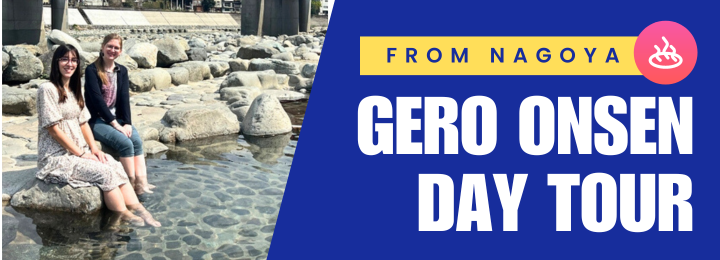
| NOTE: Regarding the tattoo-friendly information, the Onsen and Sento introduced in this article have been verified. But if you want to be 100 percent sure, please contact the facility to confirm. |
This post was last updated August 2024.
Although we strive to provide you with the most accurate and up-to-date information possible, please note that changes may occur nonetheless. We recommend you confirm any relevant information such as event cancellations or changes, opening hours, or possible restrictions using a direct source. Please keep in mind that these sources might be in Japanese only.
Did you enjoy this article?
Be sure to follow us on Facebook for new articles every week, and see our Instagram for pictures and stories of Nagoya!
Share your comments below or message us using any of our SNS or send us an email.
Tag us 📲
If you make it out to one of these Onsen in Nagoya (or beyond), tag us on social media with #nagoyaisnotboring
Find out more about Nagoya in this article 7 Best Things to Do in Nagoya

